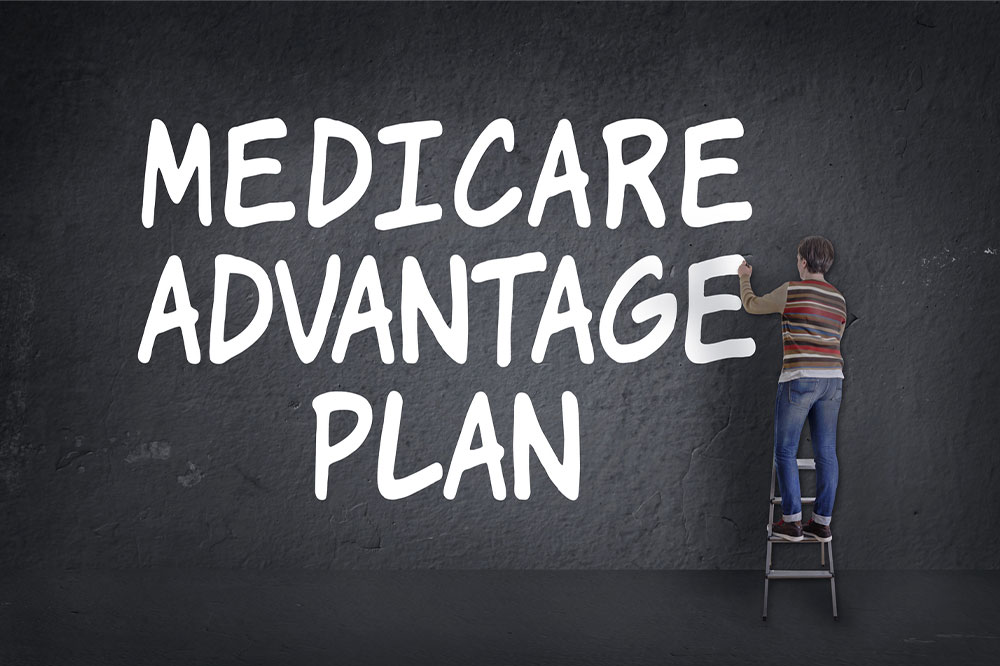The Ultimate Guide to Understanding Different Health Insurance Options
This comprehensive guide explores various health insurance plans, including HMO, PPO, EPO, POS, catastrophic, and HDHP with HSA options, providing detailed insights to help consumers make informed choices. From cost considerations to provider flexibility, learn which plan best matches your healthcare needs and financial situation to ensure optimal coverage and peace of mind.

Comprehensive Overview of Health Insurance Plans
Securing reliable health insurance coverage is a vital step toward safeguarding your financial stability and ensuring access to quality medical care. With an array of health insurance plans available in the market, understanding their differences, benefits, and limitations is crucial for making informed decisions tailored to your healthcare needs. This extensive guide aims to demystify the various types of health insurance options, from traditional plans to specialized coverage, providing clarity to consumers navigating this complex landscape.
Types of Health Insurance Plans:
Health Maintenance Organization (HMO)
An HMO plan is a structured approach to healthcare that emphasizes preventive care and cost efficiency. This plan requires policyholders to select a primary care physician (PCP) from an approved network of healthcare providers. Your PCP acts as a gatekeeper, coordinating your medical care and referring you to specialists when necessary. While HMO plans often come with lower premiums and minimal out-of-pocket expenses, they limit your choice of healthcare providers and require referrals for specialist visits. This model suits individuals who prefer a coordinated care approach and are comfortable receiving treatment within a defined network.
Preferred Provider Organization (PPO)
PPO plans provide more flexibility compared to HMOs. Policyholders can see any healthcare provider, including out-of-network doctors, without a referral. However, visiting out-of-network providers usually results in higher costs, including increased copayments and deductibles. PPO plans are ideal for individuals who desire greater freedom to choose their healthcare providers and are willing to pay a bit more for this flexibility. They are well-suited for those who prefer to have the option to see specialists without a primary care referral.
Exclusive Provider Organization (EPO)
EPO plans are a hybrid model that cover only in-network providers, similar to HMOs, but without the need for referrals. They do not offer out-of-network coverage, making them a cost-effective option for specific networks. EPOs are beneficial for individuals who are comfortable with a curated network of providers and want the convenience of straightforward coverage without the need for referrals.
Point of Service (POS) Plan
POS plans combine elements of both HMO and PPO plans. Policyholders are typically assigned a primary care doctor who manages their healthcare and provides referrals to specialists within the network. Out-of-network visits are permitted but generally come with higher out-of-pocket costs. POS plans offer moderate flexibility and are suitable for people who want the structure of an HMO but also appreciate the option to see out-of-network providers if necessary.
Catastrophic Coverage
Tailored for young adults under 30 and some low-income populations, catastrophic coverage plans focus on protecting policyholders against worst-case scenarios. These plans feature lower premiums and only cover essential health benefits after meeting a deductible, which is typically higher. They usually have a limited number of routine doctor visits and preventive services covered without additional costs, emphasizing emergency and severe health issue coverage.
High Deductible Health Plans (HDHP) with Health Savings Accounts (HSA)
HDHPs come with higher deductibles and lower premiums, encouraging policyholders to save for healthcare costs through an HSA—a tax-advantaged savings account. Funds in an HSA can be used tax-free for qualified medical expenses, offering financial flexibility and promoting consumer-driven healthcare. HDHPs are suitable for healthy individuals who prefer lower monthly costs and are willing to cover higher out-of-pocket expenses for general healthcare needs while saving for future expenses.
In summary, choosing the right health insurance plan depends on your healthcare needs, budget, and preference for provider flexibility. Whether you opt for an HMO’s cost-effective, coordinated care or a PPO’s freedom to see out-of-network providers, understanding these options enables you to make a confident, informed decision that best suits your lifestyle and medical needs.
You've got a wide array of health insurance options—making the right choice can significantly impact your access to healthcare and financial security. Evaluate your health requirements, budget constraints, and preferences to select a plan that offers the right balance of coverage, flexibility, and affordability.




